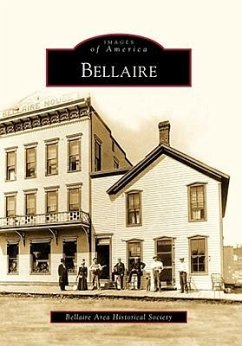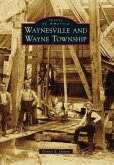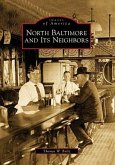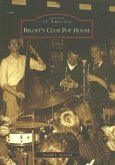Typically a village begins when individuals and families decide to settle in a place, build homes, stores, and other buildings for their common good, and decide on a name for the settlement. Bellaire's story progressed in a different fashion: a building for the common good was required and a plat of vacant land was selected. Settlers came afterward. In 1879, Antrim County supervisors, meeting in a temporary courthouse in Elk Rapids, decided that inland population growth and difficulty in travel necessitated placement of the county seat in a more central location. They chose land in Kearney Township owned by Ambrose Palmer, and on June 24, 1879, Bellaire became the county seat. By 1900, businesses and families filled the village, farms and lumber operations surrounded it, and the population boomed.
Hinweis: Dieser Artikel kann nur an eine deutsche Lieferadresse ausgeliefert werden.
Hinweis: Dieser Artikel kann nur an eine deutsche Lieferadresse ausgeliefert werden.








